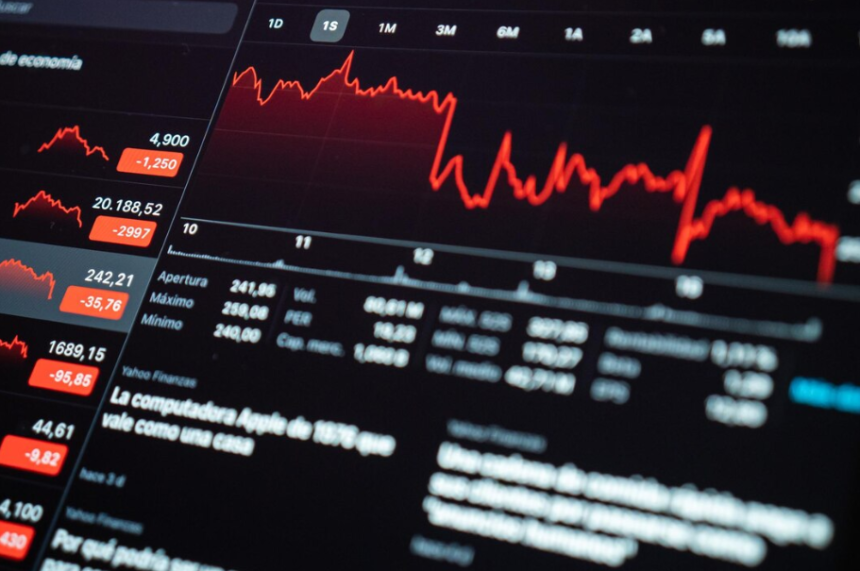The Dow Jones Industrial Average, often referred to as the Dow, is one of the most widely followed stock market indices in the world. It represents a collection of 30 large, publicly traded companies in the United States, covering various sectors of the economy. The Dow is used as a barometer for the overall health of the stock market and the economy, providing investors with valuable insights into the performance of key companies.
History of the Dow Jones Industrial Average
The Dow Jones Ind Average was created in 1896 by Charles Dow and Edward Jones, the founders of the Dow Jones & Company. Initially, the index consisted of just 12 industrial companies, with General Electric being the only remaining original member today. Over the years, the composition of the Dow has changed multiple times to reflect the evolving economy and business landscape.
How the Dow Jones Industrial Average Is Calculated
Unlike other indices like the S&P 500, which are weighted by market capitalization, the Dow is a price-weighted index. This means that the price of each stock in the index is the primary factor determining its influence on the overall value of the Dow. To calculate the Dow, the prices of the 30 component stocks are added together and divided by a divisor that adjusts for stock splits, dividends, and other corporate actions.
Importance of the Dow Jones Industrial Average
The Dow Jones Industrial Average is considered a key indicator of the stock market’s performance and overall economic health. It is often used by investors, analysts, and policymakers to gauge market trends, sentiment, and potential risks. Changes in the Dow can impact investor confidence, consumer spending, and corporate decision-making, making it a crucial benchmark for the financial industry.
Components of the Dow Jones Industrial Average
The 30 companies that make up the Dow Jones Industrial Average are industry leaders in their respective sectors. These companies are chosen by the index committee based on their reputation, financial stability, and overall impact on the economy. The components of the Dow include companies like Apple, Microsoft, Boeing, and Coca-Cola, representing a diverse range of industries such as technology, healthcare, consumer goods, and finance.
Performance and Volatility of the Dow Jones Industrial Average
The Dow Jones Industrial Average has experienced significant fluctuations in its history, reflecting changes in the economy, geopolitics, and market conditions. Events like the Great Depression, the Dot-Com Bubble, and the 2008 Financial Crisis have had a profound impact on the Dow’s performance. Despite these challenges, the Dow has shown resilience and the ability to recover from downturns, demonstrating the long-term strength of the U.S. economy.
Investing in the Dow Jones Industrial Average
Investors can gain exposure to the Dow Jones Industrial Average by purchasing exchange-traded funds (ETFs) or mutual funds that track the index. These investment products allow individuals to participate in the performance of the Dow without having to buy all 30 component stocks individually. By investing in the Dow, investors can benefit from the growth potential of leading U.S. companies and diversify their portfolios across different industries.
Future Outlook for the Dow Jones Industrial Average
As global markets continue to evolve and adapt to changing economic conditions, the Dow Jones Industrial Average will remain a critical benchmark for investors and analysts. The index’s ability to reflect the performance of key companies and sectors provides valuable insights into market trends and investment opportunities. With ongoing innovation, technological advancements, and geopolitical developments, the Dow is poised to continue its role as a trusted indicator of the stock market’s health and the U.S. economy’s strength.
In conclusion, the Dow Jones Industrial Average is a prominent index that plays a vital role in the financial world. By understanding its history, calculation method, components, performance, and investing opportunities, investors can make informed decisions and navigate the complexities of the stock market with confidence. As the Dow continues to adapt to changing market dynamics and economic landscapes, it will remain a cornerstone of investment analysis and a reliable indicator of market trends for years to come.




